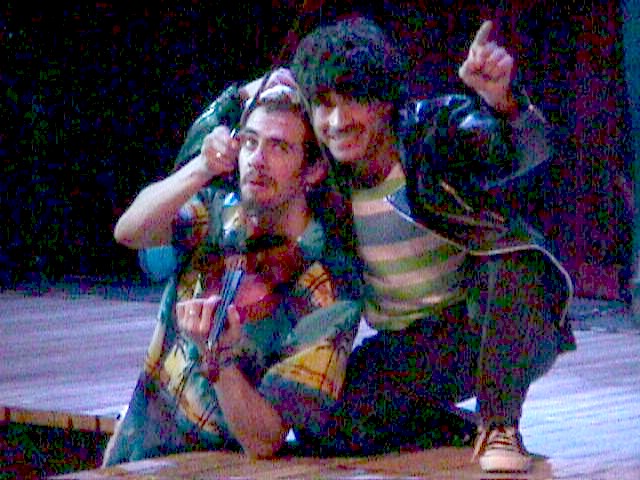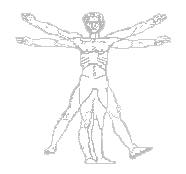Featured Pages: Film-North on directing!
12night (sample scene)
I should have an online test on every intro or title pages in order for you to know where you could start. The lowest level is 200X Aesthetics; the basics on theatre theory. Next -- Script directory [for both DramLit and Play Analysis classes (must read)]. There are pages dealing with the text in Film Directing.
I do feel that I'm repeating myself, but teaching or couching requires it. A lot of it.
Do you know what the exposition is? Can you identify it in a scene or a monologue? Could you point the line where the exposition ends? Do you know to test your choice? What about the climax? What questions do you have to ask and answer in order to determine it? No, it's not theory, but applications of theatre for very practical needs.
Maybe I am lucky, because I deal most of the time with the great scripts, masterpieces. It's easy for to trust Shakespeare, because I know that my answers are in there. All I need to do is to know how to read it right. The same with Chekhov. Well, when you have not great writers, you HAVE to put the structure in, you have to reinforce the text. Yes, I am talking about the basic composition.
In acting and directing classes I do not allow students to go further, if the exposition is not established. We do it once, trice, three times... If the 5Ws are not answered (physically), we can't go for a buildup. Sometimes it's easier to find the climax and then return to the exposition. What matters is to express it, or we will never arrive to the resolution.
After we are done with "acts" -- we go to the scenes (or french scenes, you have to define for yourself), then -- to the episodes and, finally, the beats of action.
 directing Robert C. Huber
directing Robert C. Huber
How does it start, friendship or marriage?
How do we fall in love?
You have to be in love with the story. You have to be in love with actors. With your public. Yes, you have to dream of them, wait for them, get yourself ready to seduce them, to make them fall in love with you...
This is why you have to think about them, to talk about them, their hopes and wishes, their fears and problems. You have to know them better than they know themselves! You have to see what they don't see in themselves. Who am I talking about? Actors, spectators? All of them. Including the writer, who doesn't know what he wrote. Wait, I will show you, I will show how beautiful is your story, how beautiful is our life...
Yes, you have to be a poet.
Please, do not rush, court them; exposition is a foreplay.
Remember, that you have to lure them to your place -- the stage. They to cross the line between stage and house... you have to do it first, you go there, you go to them, invisible and silent.
I do not like pure Brecthian theatre, I think that should let watch me first; let them not to be confronted right away -- they are not ready. I need their gaze -- I want them to get attrictive to my story, my actors... Only then I will drop my pretence that I didn't notice them. As if we are not on stage because of them!
Stop.
Slow down.
Are they YOUR public?
Only if they SEE that it is their story to be told.
Are they your audience?
Yes, if they HEAR that you are to talk about THEM!
Anatoly, why do you say -- they, them? It's ME, me only!
True, you can't make THEM fall in love, if EACH of them won't...
Spectator? Yes, one and only. The show is not for them -- the story is for ONE soul!
The moment you forgot it, you have a Broadway musical...
You have to dance with ONE and only then you turn them into PUBLIC. Only then MANY become ONE.
How do we do it?
Let me tell you a secret. Each of us is MANY.
Be MANY!
You have to -- how else will you be able to work with so many on stage?
Listen, use your own experience. Start with your own confession, if you want them to open their heart.
Yes, yes, hearts and minds.
Yes, both.
Do you have an open mind and heart?
Yes, you youself?
I hope that now you understand the technical stuff (on the left). We need the opposites in order to have a conflict. They are right there, in the house, the opposites. This is what art does -- understanding all and each of them. Bring up the conflicts they, we, I have. "Dramatic Situation" -- their situation. Keep digging -- rising action. Keep talking about them, about yourself -- call "Hamlet" or "Oedipus"...
lesson 1
lesson 2
lesson 3
lesson 4
t-blog -- new
class list/forum
... calendar





 @2001-2005 *
@2001-2005 *
